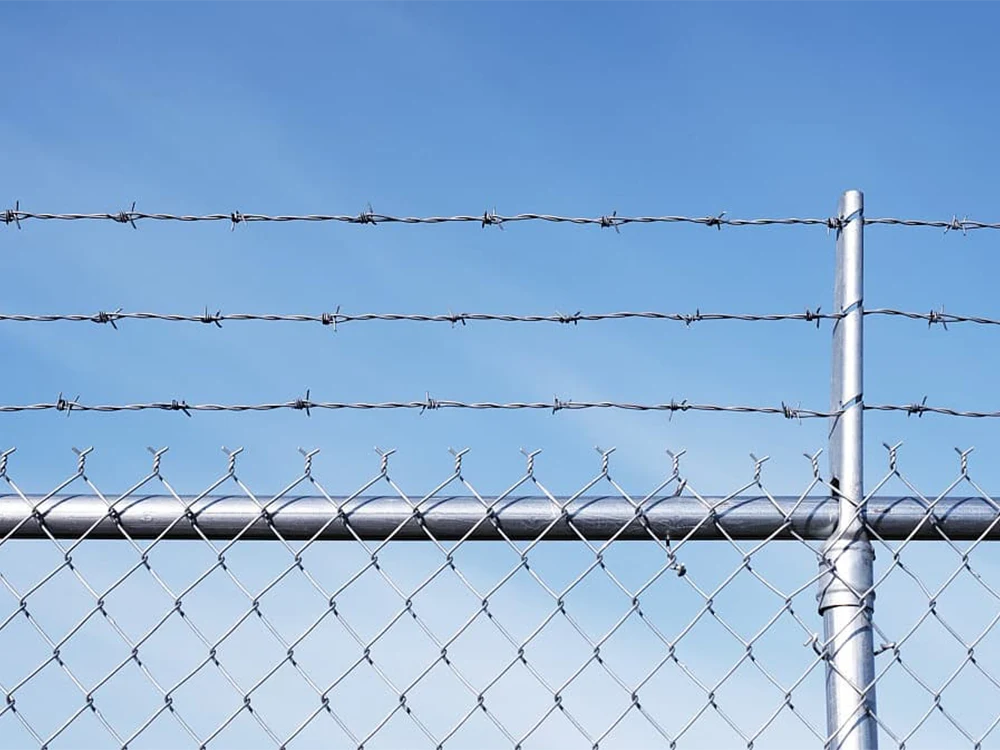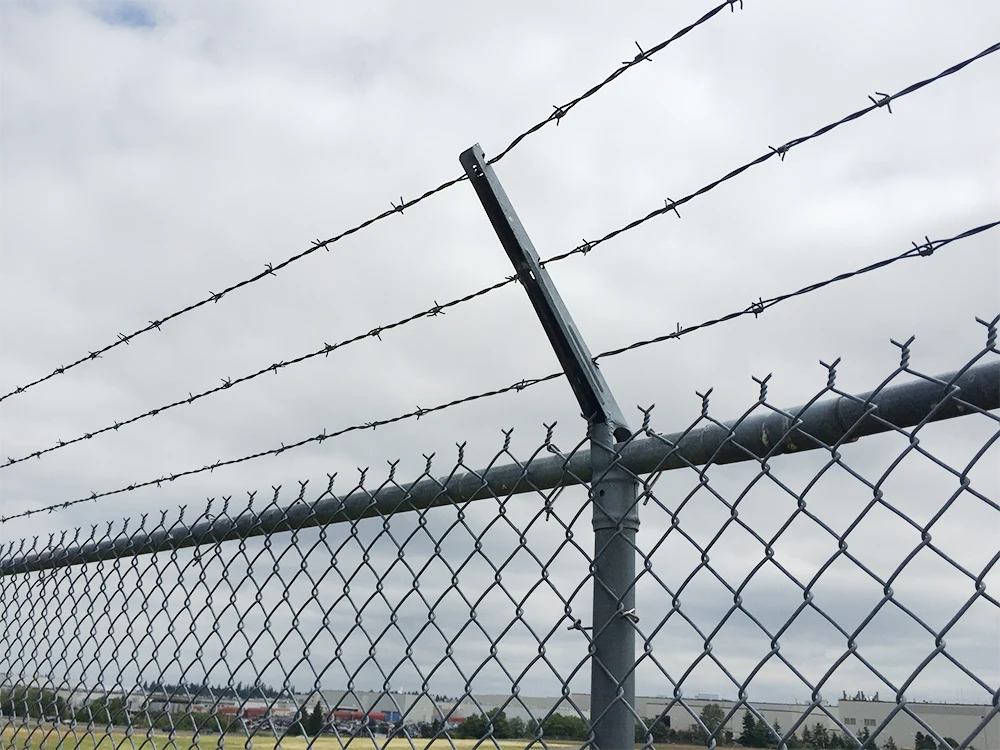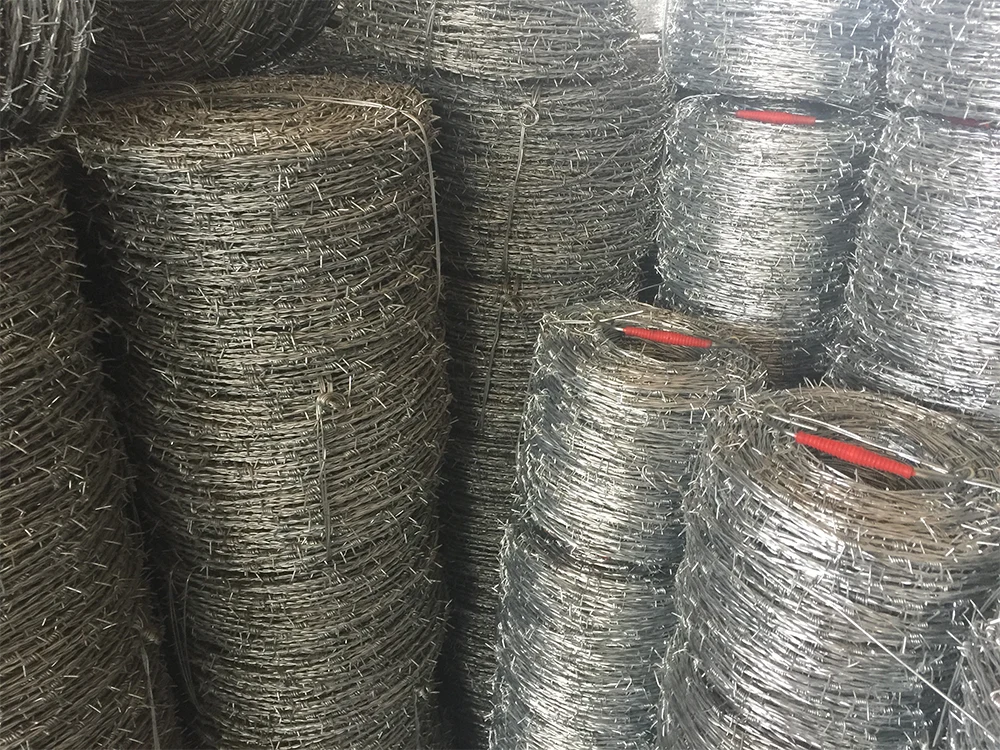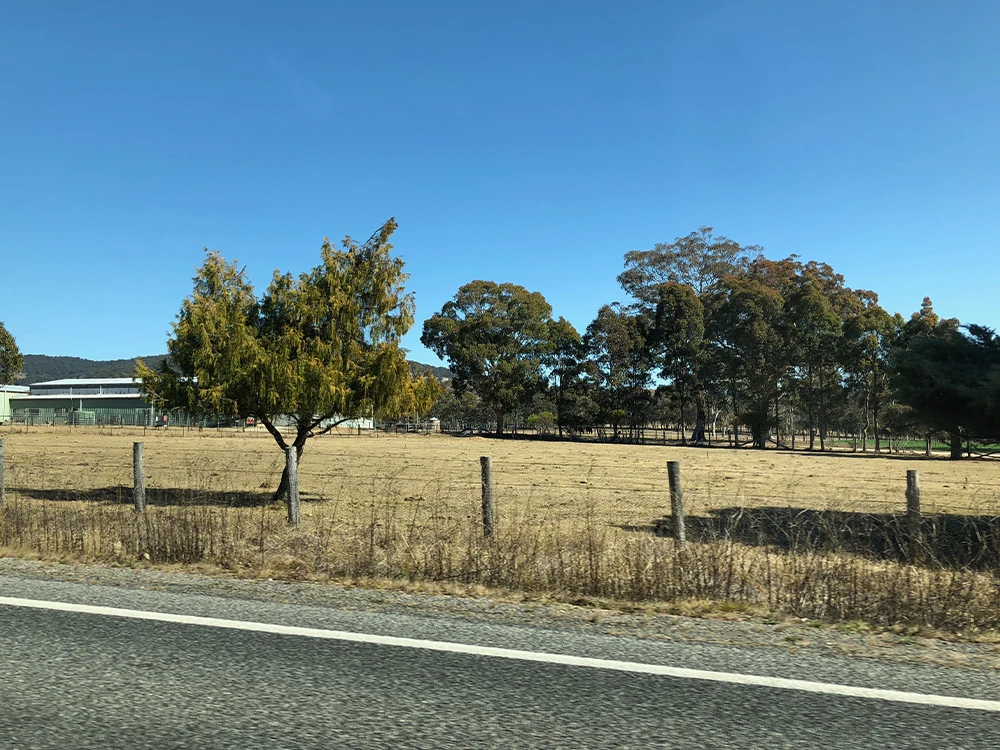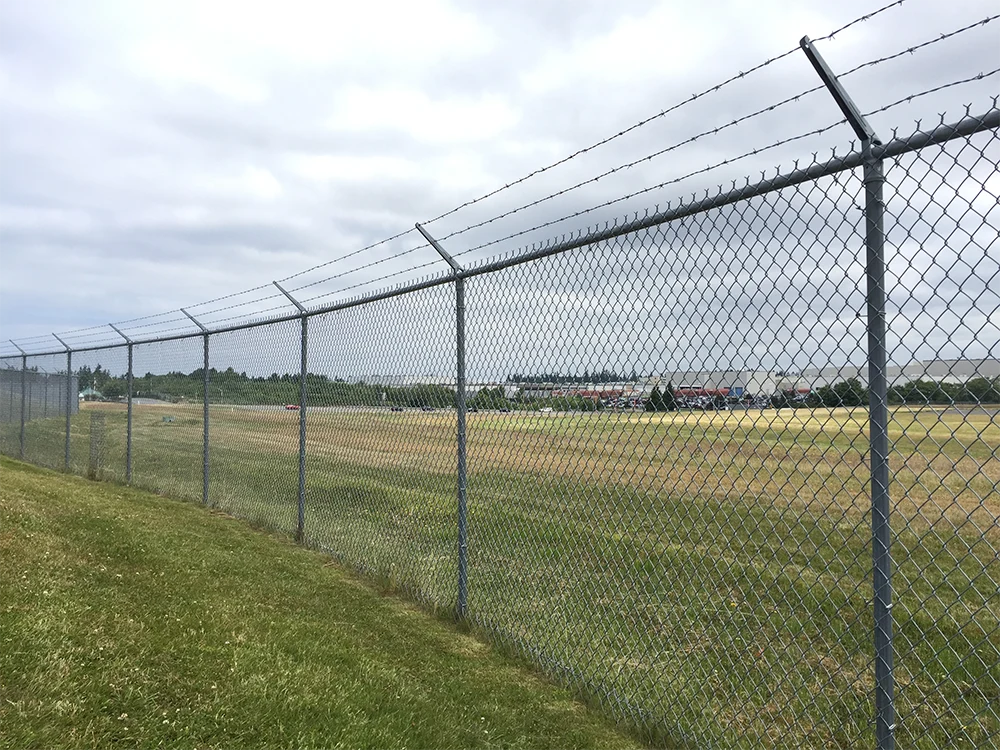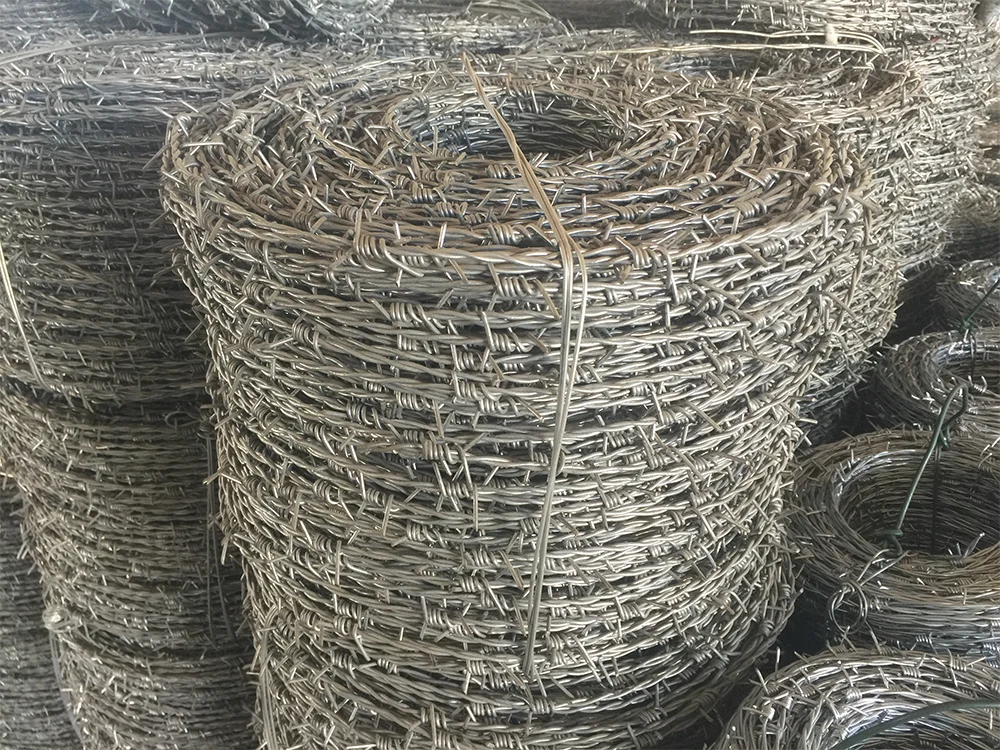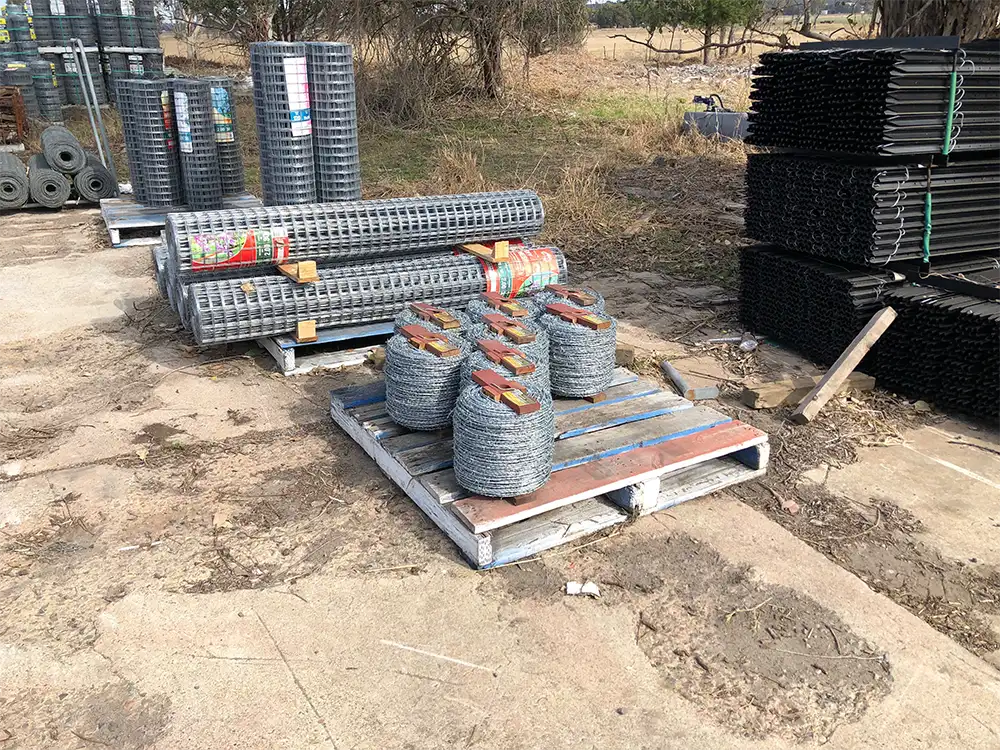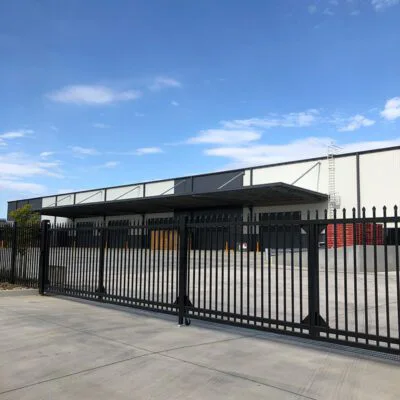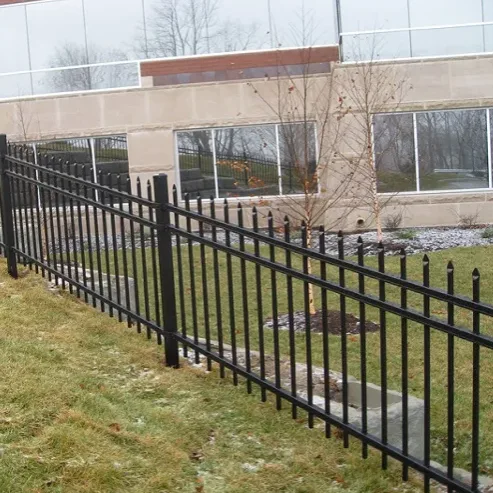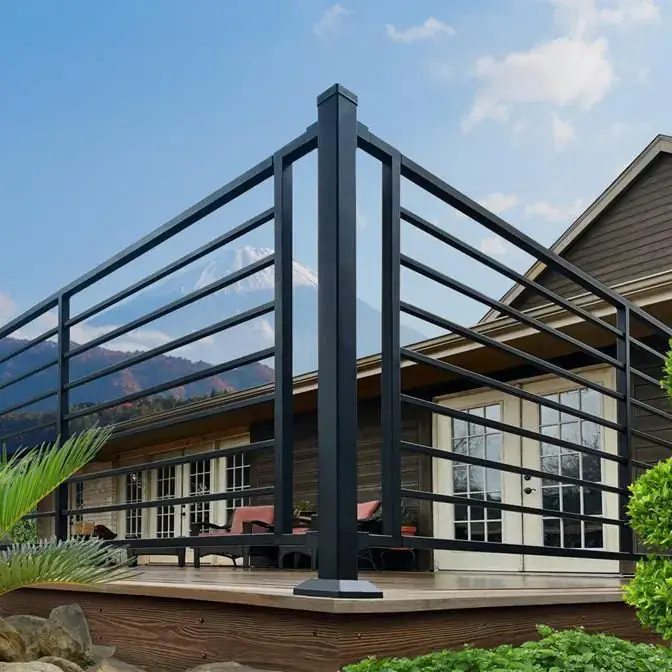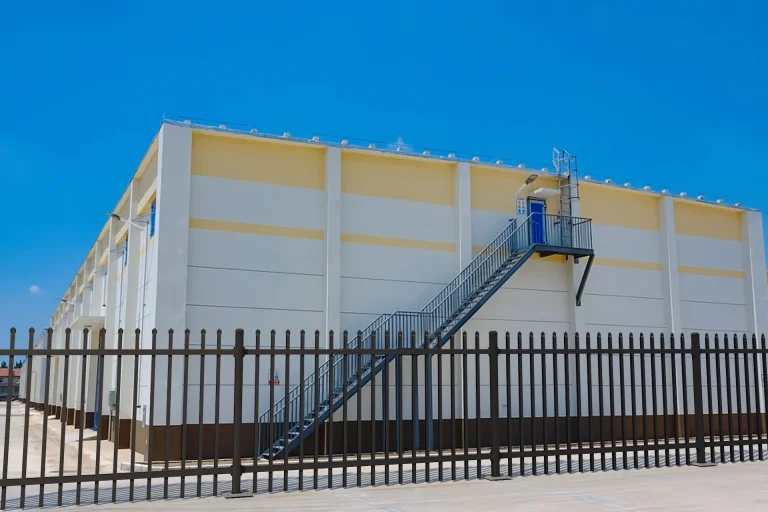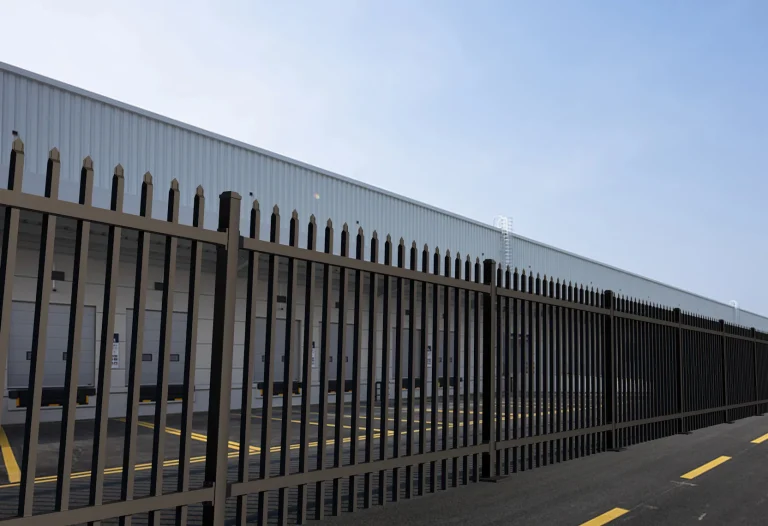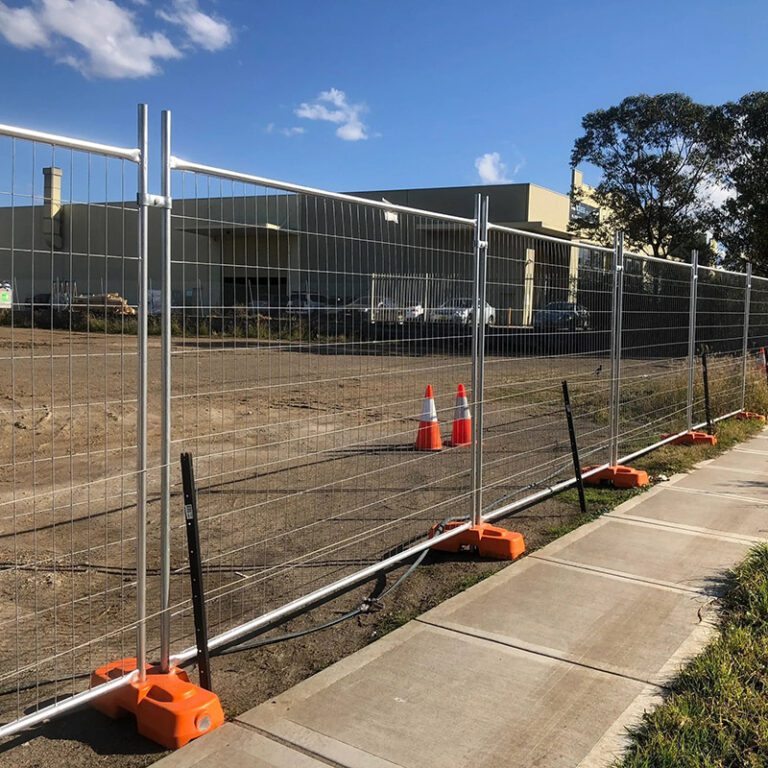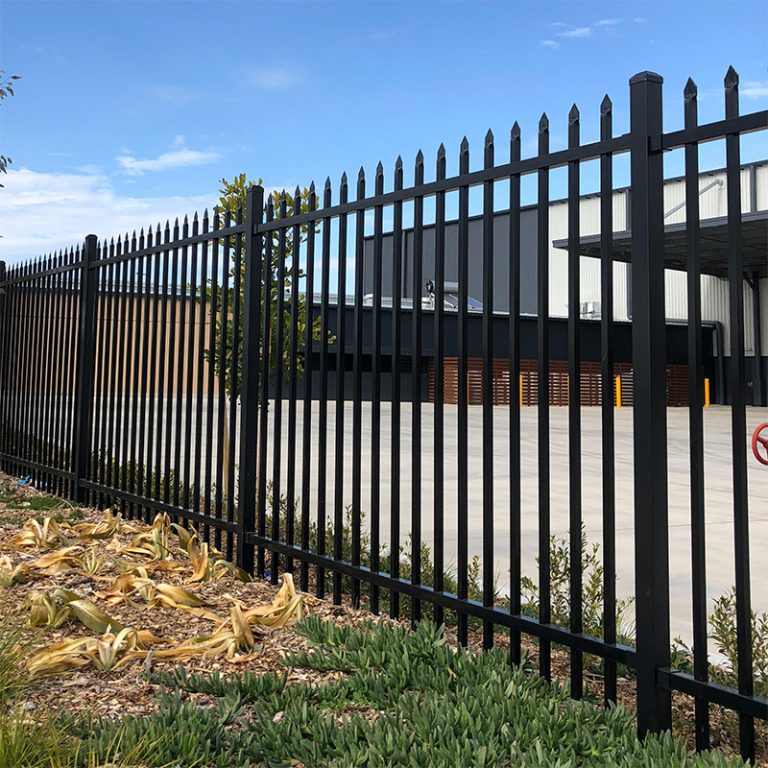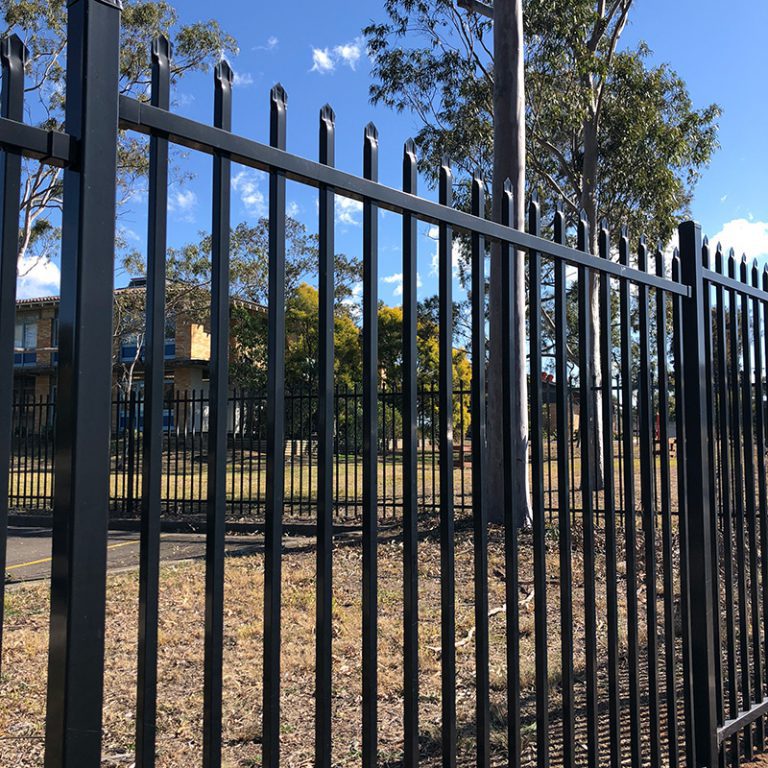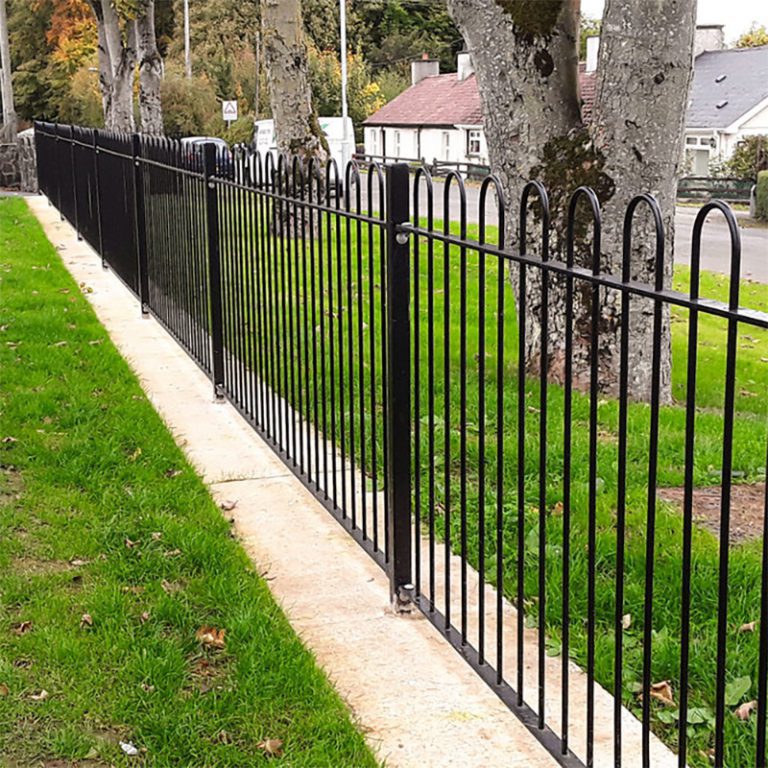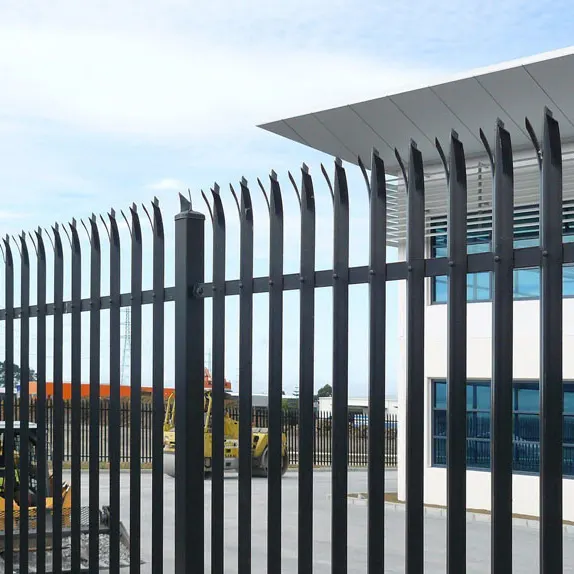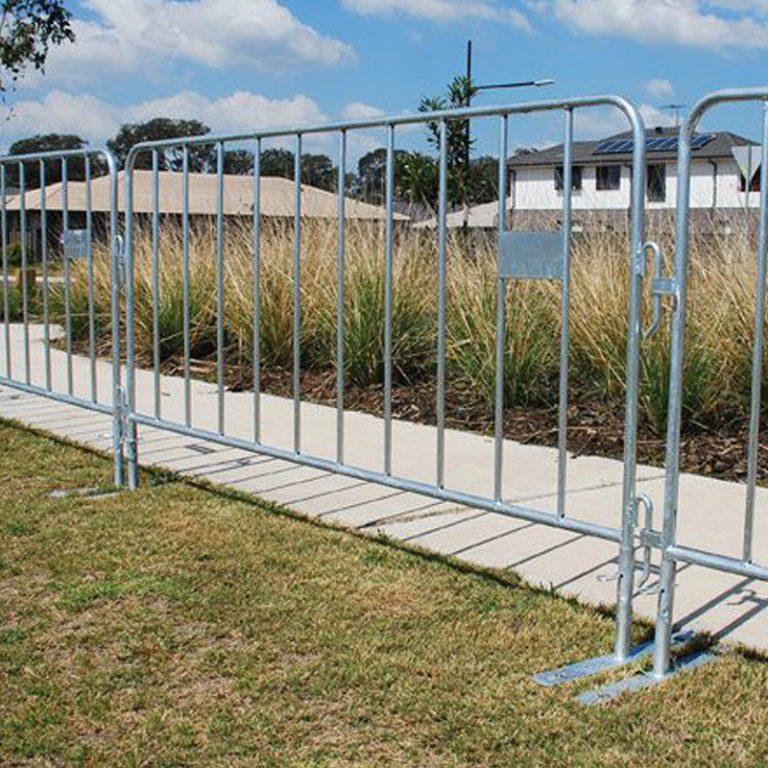Barbed wire fences have long been a cornerstone of the fencing industry, especially in the agricultural and security sectors. Their ability to effectively provide a strong and deterrent barrier has made them an integral part of a variety of uses, from livestock fencing to industrial security, border protection, and more. As a leading manufacturer in the fencing industry, we will also highlight our expertise and the advantages of choosing our products. This blog will delve into the various aspects of barbed wire fencing.
What Is Barbed Wire?
Barbed wire consists of sharp edges or prongs spaced at intervals along a length of wire. Originally developed for cattle control, due to its ability to effectively deter intruders, we can use barbed wire fencing for a variety of purposes. Barbed wire is typically made of steel for durability and strength. According to ASTM A121, the tensile strength of barbed wire wire can reach 700-900 MPa.
Variations in Barbed Wire Gauge
The gauge of the wire refers to its thickness, which plays a crucial role in determining the fence’s strength and durability. Barbed wire is available in various gauges, typically ranging from 12 to 15. The lower the gauge number, the thicker the wire, and the more resistant it is to cutting or breaking.
For agricultural use, thicker gauges are preferred, especially in areas prone to harsh weather conditions or where large animals are present. Thinner gauges, while still effective, are more suitable for lighter-duty applications or temporary fencing.
Choosing the right gauge depends on the specific needs of the application, with factors such as environmental conditions, the type of animals being contained, and the desired level of security all playing a role in the decision-making process.
Surface Treatment Options for Barbed Wire
The performance of wire mesh depends largely on the type of surface treatment applied. The following are the most common surface treatment options:
Electro-Galvanized
This process involves applying a relatively thin layer of zinc to the wire by electrolytic deposition. Electro-galvanized wire mesh offers basic corrosion resistance, and the zinc coating thickness is typically around 10-20 microns. This type is less expensive and is suitable for short-term or indoor applications.
Hot-Dip Galvanized
In this method, the wire is dipped into molten zinc at approximately 450°C, resulting in a thicker, more durable metallurgically bonded coating. Hot-dip galvanized wire mesh offers excellent corrosion resistance, and the zinc layer thickness is significantly increased, typically 50-100 microns. In typical outdoor environments, hot-dip galvanized wire mesh has an anti-corrosion life of 20-50 years, which is 3 to 10 times the life of electro-galvanized wire mesh. It is ideal for outdoor use, especially in harsh environments with high humidity, coastal or industrial pollution.
Stainless Steel
Stainless steel wire mesh has an inherently superior resistance to rust and corrosion due to the presence of chromium. This option is suitable for use in extreme weather conditions, corrosive environments, and other environments. Stainless steel wire mesh can last for more than 50 years, but the initial cost is typically 2 to 3 times higher than hot-dip galvanizing.
PVC Coated
For enhanced protection and aesthetics, wire mesh can be coated with a layer of PVC. PVC coatings are typically 0.5-1.0 mm thick and provide an additional anti-corrosion barrier, as well as excellent UV resistance, which can extend the life of the galvanized layer by more than 50%. In addition, PVC coatings can be customized in a variety of colors for better aesthetics.
Diverse Applications of Barbed Wire Fences
Barbed wire fences are highly versatile and used in a variety of settings where security and containment are essential. Below are some of the primary applications, each with specific considerations and benefits:
Livestock Containment
These fences can effectively confine animals such as cattle, sheep and goats to designated areas to prevent them from getting lost or entering dangerous areas. The sharp barb design can effectively prevent animals from pushing, rubbing or trying to cross the fence, thereby minimizing the risk of livestock injury or escape. Compared with wooden stake fences, the installation cost of wire mesh fences can be reduced by 20%-50%, especially when large areas need to be fenced.
Property Demarcation
In rural and suburban areas, barbed wire fences are commonly useful to demarcate property boundaries. This application is crucial for preventing disputes between neighbors and establishing clear lines of ownership. The visibility of barbed wire and the deterrent effect of barbs make it an ideal border marker, effectively reducing unauthorized entry and reducing border dispute incidents by approximately 15%.
Crop Protection
Farmers often use barbed wire fences to protect crops. The sharp barbs can prevent more than 90% of large and medium-sized wild animals from invading farmland, significantly reducing crop losses. It can also prevent intruders from entering fields and orchards to cause damage and can reduce crop theft rates by 30%-50%.
Industrial and Commercial Security
In these environments, people often use barbed wire in conjunction with metal vertical slat fencing, chain link fencing, or welded mesh fencing. Adding 1-3 or even more strands of barbed wire on top of these fences can increase the fence’s anti-climbing capabilities by at least 20% and effectively reduce the risk of theft and vandalism by 40%.
Military and Correctional Facilities
Barbed wire fences are also useful in high-security environments such as military bases and correctional facilities. In these settings, the primary goal is to prevent escape or intrusion. Barbed wire, often in conjunction with razor wire, forms an impenetrable barrier that serves as a first line of defense.
The strategic placement ensures that access is tightly controlled, maintaining the safety and security of both personnel and inmates.
Related Products–Y Posts
Barbed wire fences often require additional components to ensure stability and effectiveness. One of the most critical is the Y Post. We use high-strength hot-dip galvanized steel, ensuring its excellent durability and corrosion resistance in extreme outdoor conditions. This special steel selection makes the posts have excellent structural integrity.
Its most significant advantage is the unique Y-shaped top design. Compared with traditional posts, this innovative design significantly enhances the post’s resistance to bending and twisting. Providing an additional 15%-25% stability for the entire fence system. The height of the Y-shaped post is flexible, usually between 2.0 meters and 3.0 meters, according to the actual height of the fence and the required security level selected.
Key Features of Y Posts:
Durability:
Using high-quality steel, Y Posts can withstand the elements and provide long-lasting support.
Versatility:
Various types of fencing use Y Posts, including barbed wire and barbed wire mesh, making them an essential component in many fencing systems.
Ease of Installation:
Y Posts are easy to install, requiring minimal tools and effort. They are driven into the ground using a manual or mechanical post driver. Attach the barbed wire to the posts using clips or ties.
Usage Tips
Spacing:
Y Posts spacing is approximately 2.5 to 3 meters apart. This spacing provides sufficient support for the barbed wire, preventing sagging and ensuring that the fence remains taut.
Corner and End Posts:
At the corners and ends of the fence line, it is advisable to use reinforced or heavier-duty Y Posts to handle the increased tension from the wire.
Height:
Selecting the height of Y Posts based on the intended purpose of the fence. For livestock containment, posts should be tall enough to prevent animals from jumping over.
By combining barbed wire with Y Posts, you can create a highly effective fencing solution. It can meet your specific needs, whether for agricultural, industrial, or residential use.
Conclusion
Barbed wire fences are a versatile and essential solution for various security and containment needs. The use of Y Posts enhances the stability and effectiveness of barbed wire fences. As a leading manufacturer, we offer high-quality barbed wire and related products that cater to diverse needs. Our commitment to quality, customization, and customer satisfaction makes us the preferred choice for fencing solutions.

